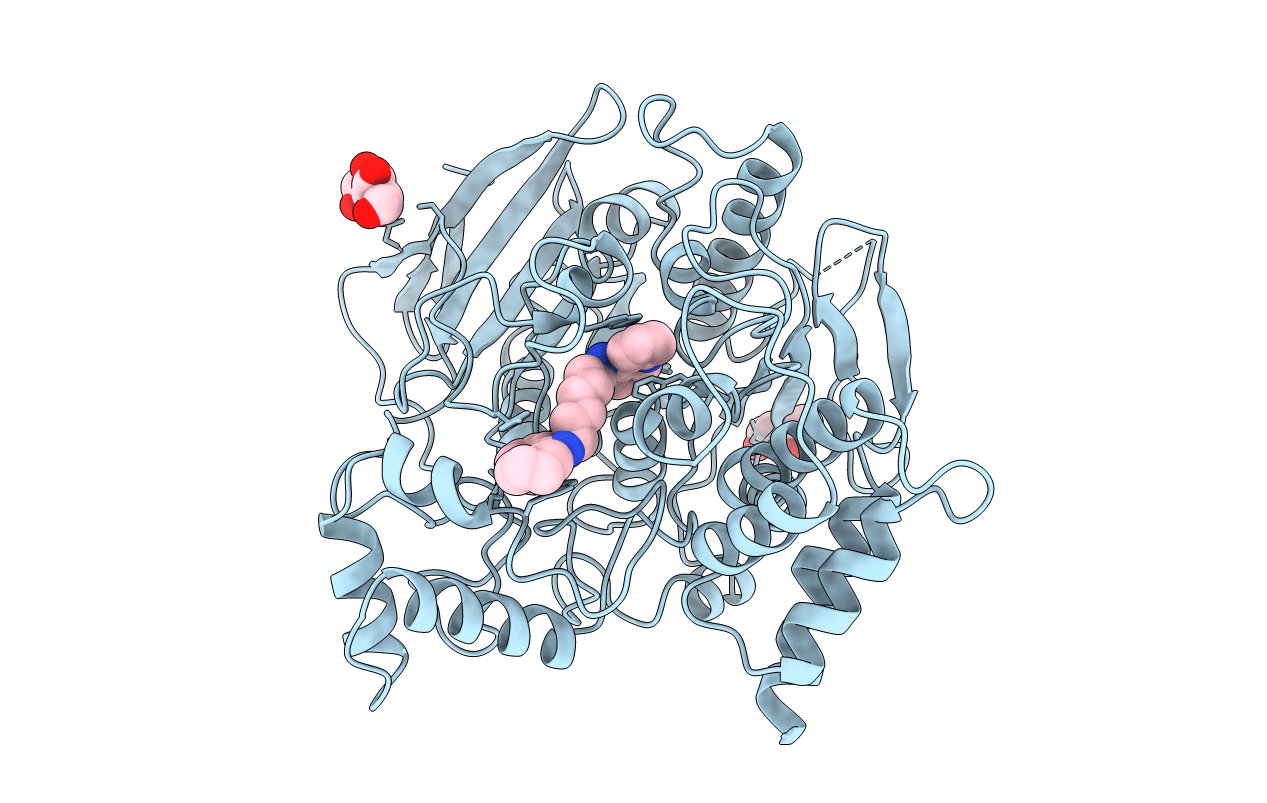
Deposition Date
2006-04-20
Release Date
2006-09-04
Last Version Date
2024-10-16
Entry Detail
PDB ID:
2CKM
Keywords:
Title:
Torpedo californica acetylcholinesterase complexed with alkylene- linked bis-tacrine dimer (7 carbon linker)
Biological Source:
Source Organism:
TORPEDO CALIFORNICA (Taxon ID: 7787)
Method Details:
Experimental Method:
Resolution:
2.15 Å
R-Value Free:
0.24
R-Value Work:
0.21
R-Value Observed:
0.21
Space Group:
P 31 2 1


